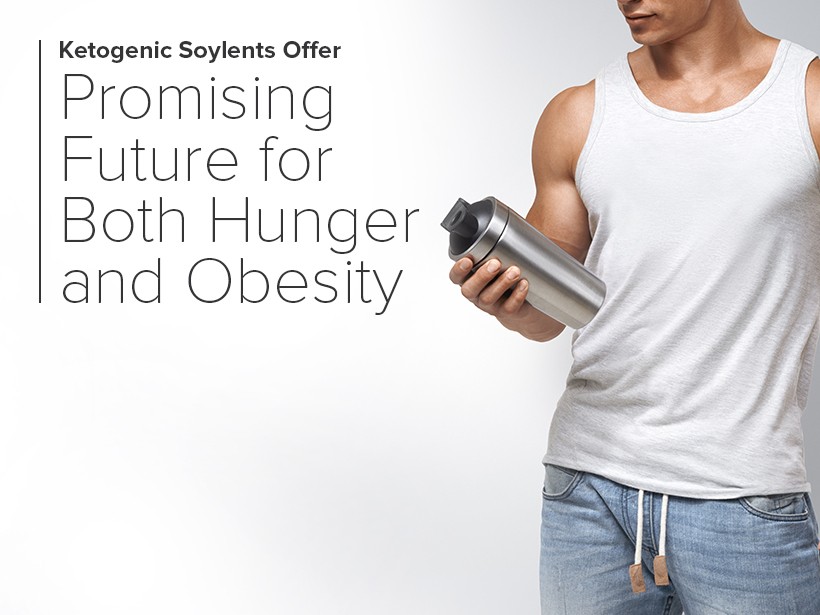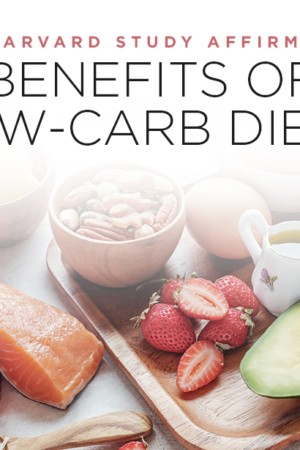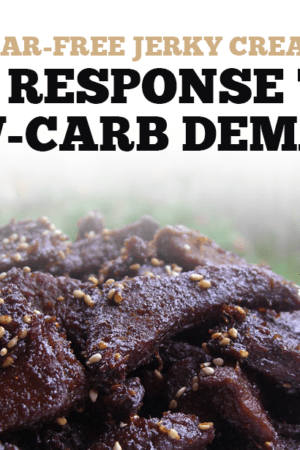We live in a world of stark contrasts. While the populations of the poorest countries often do not have enough food to survive, the wealthiest nations are suffering from obesity epidemics. Today, a new development in food manufacturing is looking to solve both problems with a single product–ketogenic soylents.
A hungry globe
Most people are aware that hunger is a global problem, but what most people do not know is that there is more than enough food in the world to end grumbling stomachs worldwide. Although an estimated one billion people around the globe go to sleep hungry every night, the most developed nations produce 1.5 times the amount of food required to feed the entirety of the earth.1 The problem is that the majority of food produced is perishable, and goes bad before it can be donated. An estimated 98 percent of the hungry people in the world live in developing nations. Of this population, 65 percent live in seven countries: India, China, the Democratic Republic of the Congo, Bangladesh, Indonesia, Pakistan, and Ethiopia.2 This presents an obvious problem–fresh fruits, vegetables, meats, and dairy products will likely spoil before they can be distributed.
Soylents seek to solve the problem of hunger on a global scale. By providing a complete meal replacement that can survive long journeys, soylent products have been tested as a solution to world hunger. Now, a new competitor is entering the consumer space in a surprising way; ketogenic soylents aim to help curb the issue of obesity in developed nations.
What are soylents, exactly?
No, they’re not people! The original soylent (aptly named “Soylent”) was a crowdfunded endeavor that raised over $1.5 million in funding through the power of the internet. The Soylent brand was created as a means to provide powdered meal replacements to busy professionals and working parents who did not have time to cook. The brand was later picked up by anti-hunger organizations, who realized that the calorie-dense powder held its nutrients much longer than packed foods and could be easily transported. Today, the term “soylent” is used as a catch-all for meal replacement powders with a base ingredient of (you guessed it!) soy.
Ketogenic soylents on the market
The Soylent brand may be used in developing nations to support anti-hunger efforts, but new ketogenic soylents are popping up on shelves right at home. After manufacturers realized that soy products packed a serious protein punch without a massive carbohydrate toll (tofu contains just 2 grams of carbs per half cup), companies like KetoOne and KetoChow quickly popped up to fill the gap in a world that’s continuing to cut the carbs in an effort to lose weight and take advantage of other health benefits.
NUTRITIONAL DISCLAIMER
The content on this website should not be taken as medical advice and you should ALWAYS consult with your doctor before starting any diet or exercise program. We provide nutritional data for our recipes as a courtesy to our readers. We use Total Keto Diet app software to calculate the nutrition and we remove fiber and sugar alcohols, like erythritol, from the total carbohydrate count to get to the net carb count, as they do not affect your blood glucose levels. You should independently calculate nutritional information on your own and not rely on our data. The website or content herein is not intended to cure, prevent, diagnose or treat any disease. This website shall not be liable for adverse reactions or any other outcome resulting from the use of recipes or recommendations on the Website or actions you take as a result. Any action you take is strictly at your own risk.
- This Grocery Store Team Lost Over 200 Pounds Using Keto - December 19, 2018
- Treating Diabetes with Weight Loss - December 12, 2018
- Ancient Nutrition Connects With Natural Partners - December 5, 2018




